In just about every disaster movie, there are two kinds of people: those who get caught off guard and those who were prepared for the disaster. At the end of the movie, you can be sure that those who rise from the rubble are the ones who had a plan in place and hadn’t wasted time wondering what to do. But what if it’s not a movie? What if the disaster is real? Do you have a home emergency plan? Here’s how to prepare yourself and your household for any kind of calamity.
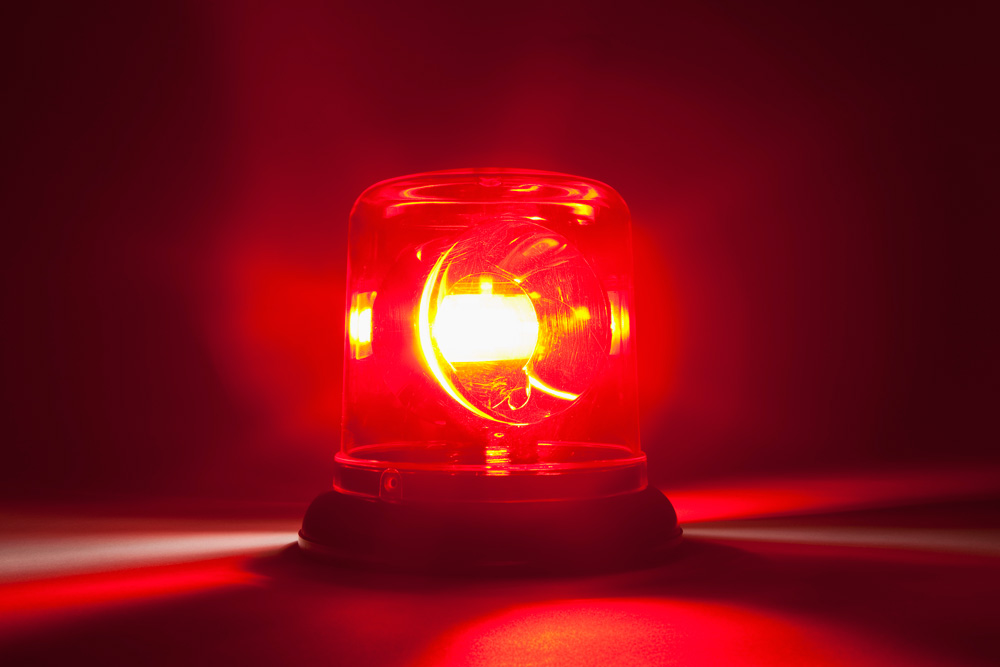
Know What the Risks Are
While some emergencies – such as a power outage or a house fire – can happen anywhere, others may be more specific to the area. Tornadoes may be relatively common in Ontario, for instance, but not so much in British Columbia. Find out what the specific risks are in your area: not only for natural disasters, but also for accidents at a nuclear power plant or a factory that produces dangerous chemicals, for example. Knowing the risks will help you to know what to focus on.
Related: 12 Rooms That Are Proving Valuable While Staying at Home

Download a Home Emergency Plan Template
A good way to help you get started with your home emergency plan is to download a template or a sample emergency preparedness plan. The Government of Canada even has a tool you can use to create a family emergency preparedness plan online. Another good source of a plan template is the Canadian Red Cross.

Create the Plan Together
If you have a home that celebrates family, you need to involve your family in everything, even those times when things can go wrong. Your disaster preparedness plan has a greater chance of succeeding if everybody in the household gets a say in it. So, have a family meeting where you all sit together and devise an emergency action plan for the home. This way you are also more likely to cover all your bases and not forget anything.
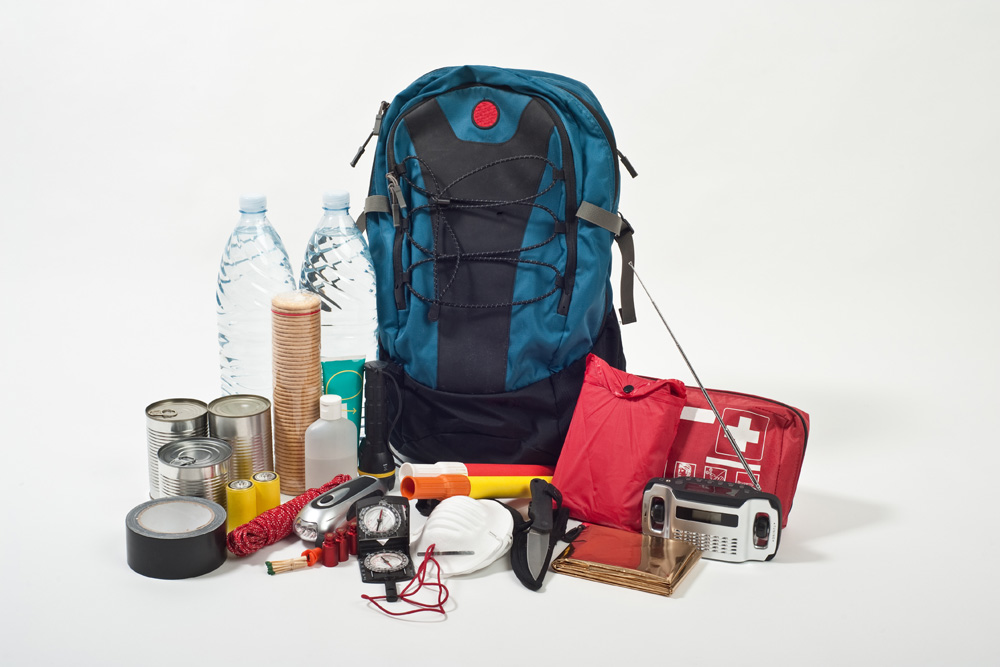
Create a Basic Emergency Kit
In an emergency, an already packed kit with basic supplies for 72 hours can literally be a lifesaver. A basic kit should contain at least water, food that won’t spoil, a flashlight with extra batteries, a can opener or multitool, a first aid kit, extra house and car keys, cash in smaller bills and coins and a copy of your contact information and emergency plan. You may also want to include copies of important documents, such as ID or birth certificates.

Know Where to Find Things
During an emergency, there won’t be time to search for things like fire extinguishers, important documentation, the disaster preparedness kit and where to turn off utilities. Successful family disaster preparedness depends on everybody, but especially adults and older children, to know where to find these and to act quickly.
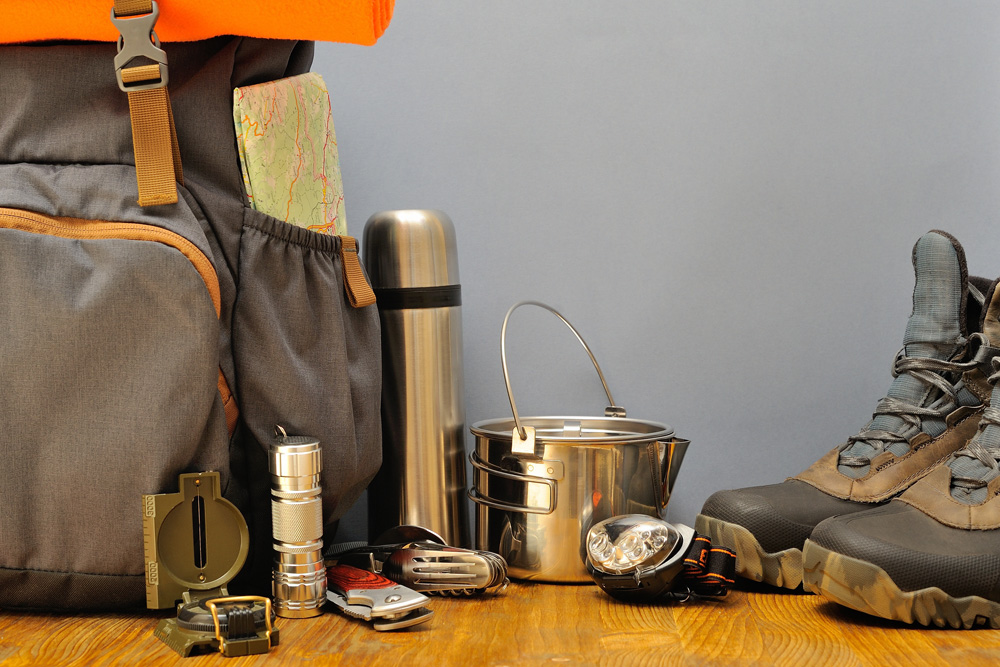
Create Smaller Basic Emergency Kits for Everyone
Because everyone might not be together when disaster strikes, it’s also a good idea to create a personalized emergency kit for every member of the household. In addition to supplies like food and water, each kit can contain items like a change of clothes, a blanket, water purifying tablets, a lighter or matches and toiletries. You can even make your own hand sanitizer for these kits. Have everything stored in backpacks that are easy to grab and carry.

Don’t Forget Special Needs
If you have household members with special needs, you need to think about how you will accommodate these in their emergency kits. This can include infant formula, allergy medication, equipment for people with disabilities and the like.

Don’t Forget Your Animals
During an emergency, your pets or service animals will need your help too. Remember to include food, bowls, leashes or carriers, photos and veterinary records and contact numbers of people or places who can house your animals during an emergency.
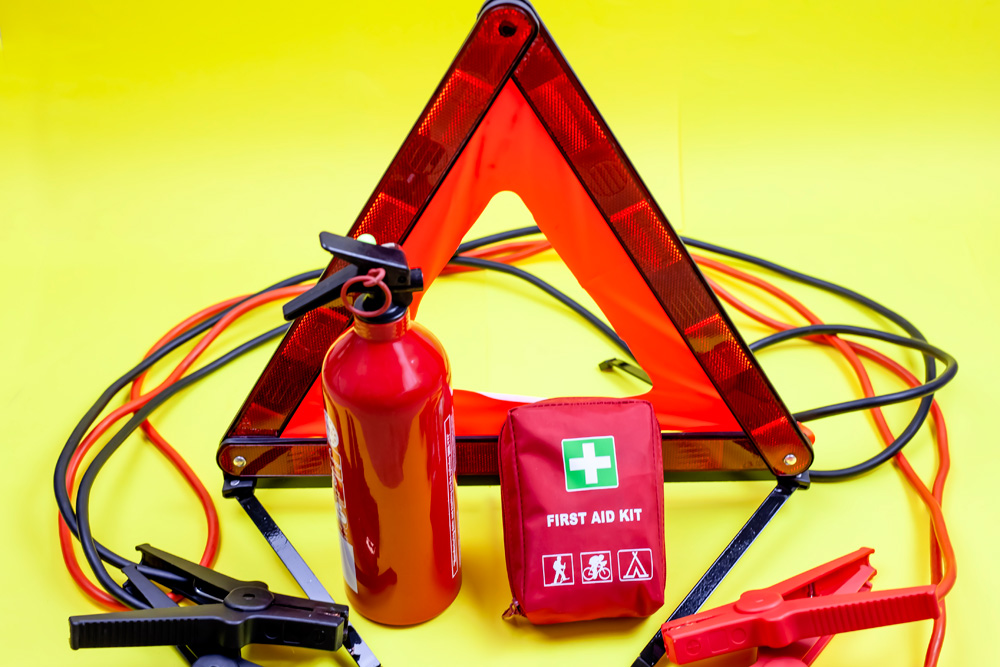
Create a Vehicle Kit
In addition to your basic emergency kits, it’s a good idea to also have a kit that you can keep in your vehicle. This can contain heavier items, so you can include more canned food and more substantial bedding. You can also include things like flares or warning lights, antifreeze, a fire extinguisher, a tow rope and jumper cables and small shovel, scraper and snowbrush. Also include a list of contact numbers and maybe a small radio and extra batteries.
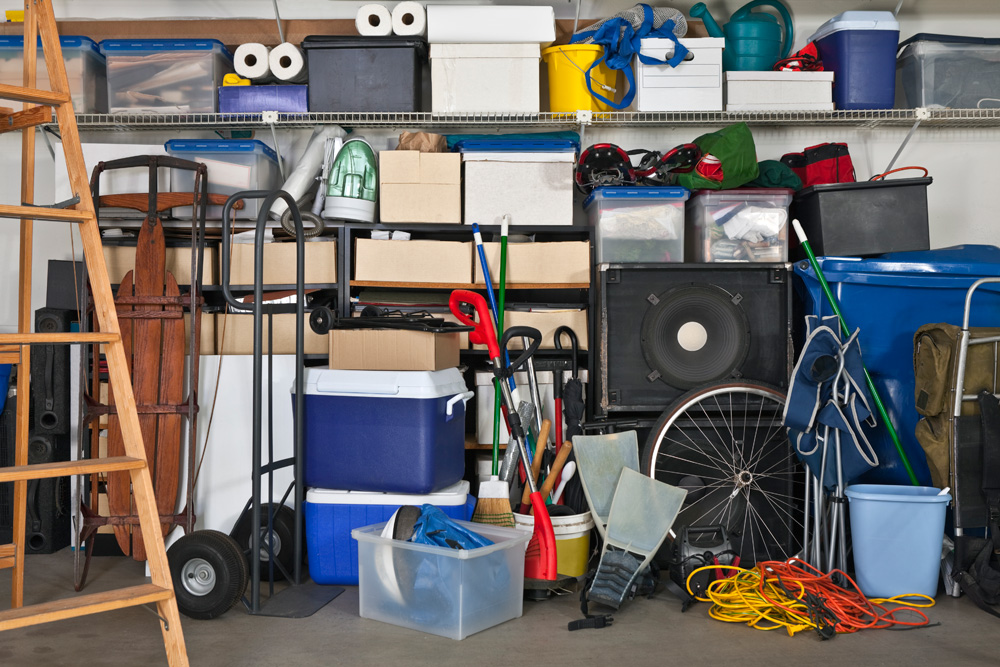
Make Sure Everyone Knows How to Get to Their Emergency Kits
Keep your emergency kits in easily accessible places, such as in a hall closet or in the mudroom. Then make sure every member of the household knows which kit is theirs and where to find it in an emergency.
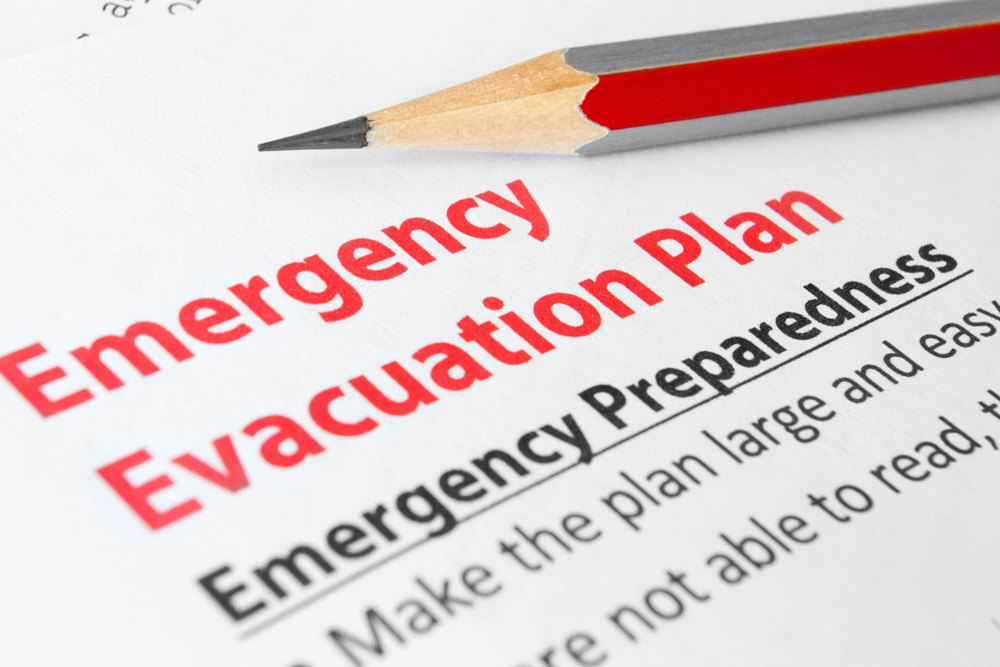
Work out the Best Way to Evacuate Your Home
You can’t rely on a generic house evacuation plan to make it out safely. After all, your home is unique. So, with the input of everyone in the household, work out the best way to evacuate your home in different circumstances. Consider all the possibilities, for instance that the main exit may be blocked by a fire or a fallen tree. Then keep your evacuation routes, including staircases, free from obstacles.

Agree on Safe Meeting Places
Because the members of your household may be in different places when disaster strikes or may get separated from you during evacuation, your emergency evacuation plan should also include safe places where you can all meet up. Have one outside of your home, for instance at a neighbour’s house and also one out of town, like a relative’s house or family cottage. Make sure every household member has the contact details and addresses for these places.

Assign Duties
During an emergency, your family’s chances of survival will be better if you can all work together. Assign duties and responsibilities so that you won’t have only one person responsible for helping granny, the baby and all the pets. Make sure that everyone knows who or what they’re responsible for.

Know the Emergency Plans for Work or School
Disaster won’t necessarily strike when you’re at home. So, find out what the emergency plans are for your place of work and for your children’s schools. This includes making sure that they have updated contact information for emergency contacts, such as a relative who can pick up your children if you can’t. Remember to let your emergency contacts know that they are your emergency contacts.

Know Your Neighbourhood’s Evacuation Plan
Your neighbourhood probably has an emergency evacuation plan too, including evacuation routes and emergency shelters. If there isn’t a plan in place, work with your neighbours to create one. Also identify people who might need extra help, such as the elderly and those with a disability and find ways to accommodate them. Of course this means that you actually need to know your neighbours, so reach out.

Memorize Emergency Contact Details
During an emergency, your phone’s battery might die or your smart home system might stop working. Because you might not be able to rely on Alexa, it’s a good idea for everyone in your household to memorize the contact details for everyone in the household, your emergency contacts as well as for the emergency services.
Related: Why Homeowners Still Don’t Trust Smart Home Technology
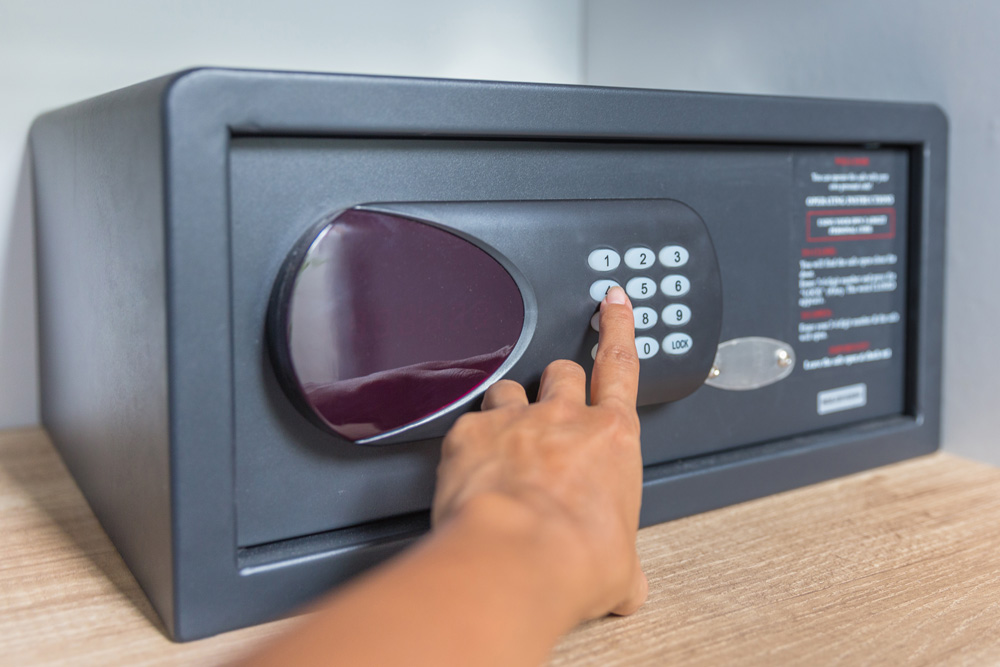
Have Copies of Important Documents and Keys Stored Elsewhere
Make copies of all your important documents, such as marriage and birth certificates. Keep a set in a safe place at work and at your emergency contact’s house. Also include copies of important keys, like your house keys.
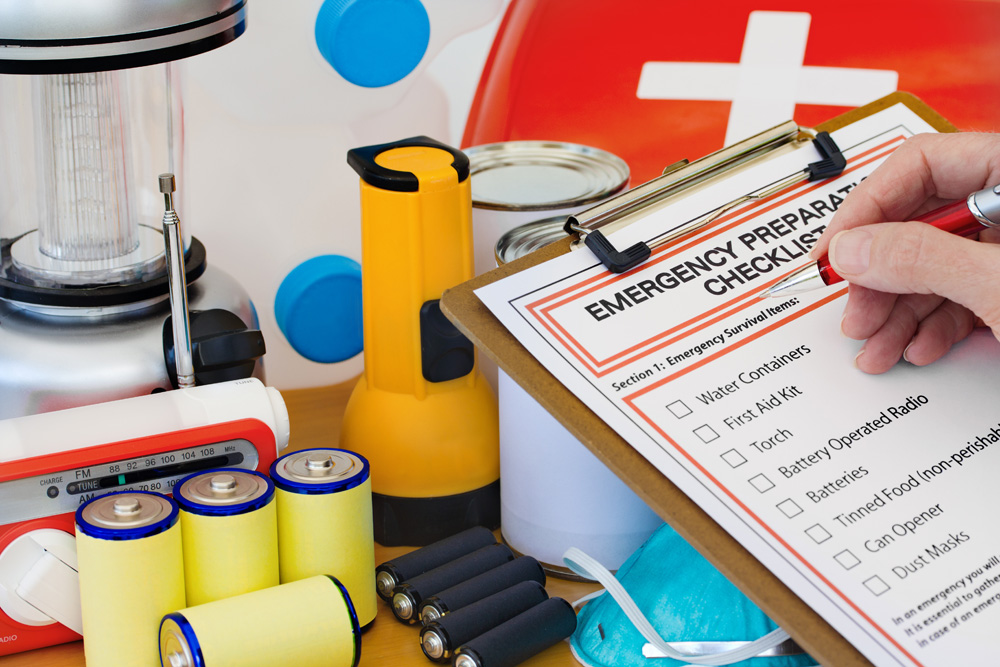
Create a Checklist
In order to make sure that you don’t forget anything or anyone during an emergency, it’s helpful to have an emergency preparedness checklist. Keep copies in your emergency kits as well as by the phone and at emergency exits.

Regularly Practise Your Plan
Regularly practise your evacuation plan so that it becomes ingrained into every member of the household. Include your pets in this so that they become accustomed to the drill too. With regular practice, you’ll be more confident and prepared when disaster strikes for real.

Be Prepared for Staying In
Not all disasters require you to evacuate your home. Some, like a storm or a pandemic, require that you stay inside. Keep your pantry stocked with staples and also have some extras of items like toiletries and first aid supplies. This way you won’t need to panic buy toilet paper.
Related: The Dreamiest Walk-In Pantries That Will Make You Want Your Own
HGTV your inbox.
By clicking "SIGN UP” you agree to receive emails from HGTV and accept Corus' Terms of Use and Corus' Privacy Policy.





